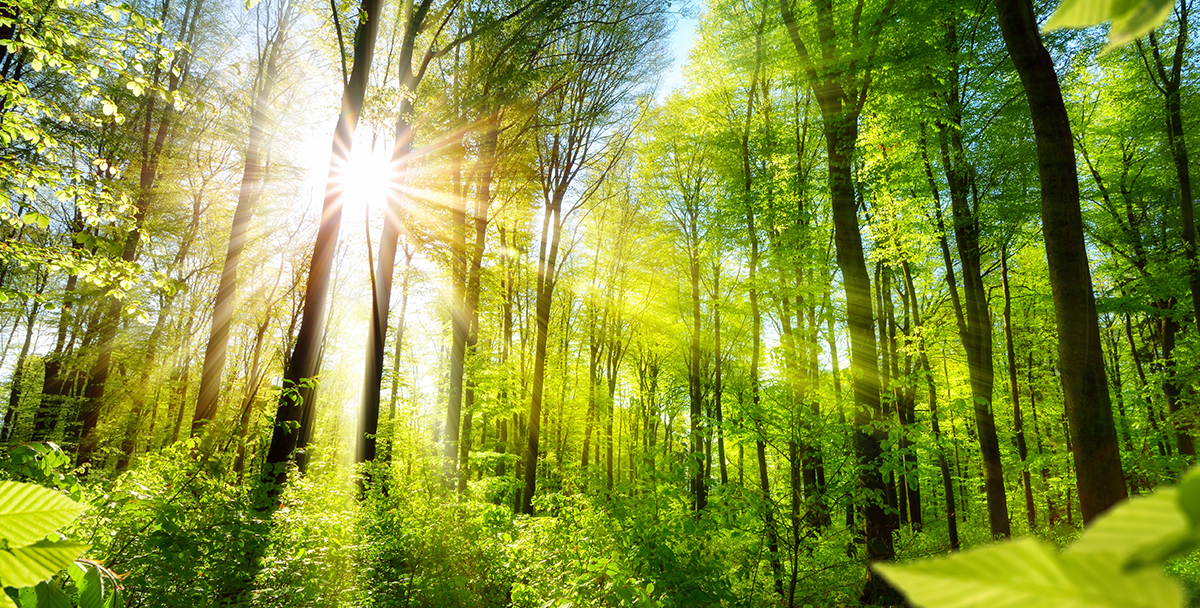
Creation date
Decarbonization is the process by which local and global systems reduce their greenhouse gas emissions. This can be accomplished by finding alternative energy sources with lower GHG emissions and/or capturing these GHG emissions.
What is Decarbonization?
The two main aspects of this process have to do with producing less greenhouse gas (GHG) and properly dealing with the amount of greenhouse gas from the combustion of fossil fuels already in the atmosphere.
One major way greenhouse gas production can be curtailed is by relying on alternative energy. There are already several alternatives to fossil fuels in use around the world, including solar power, wind power, hydropower, geothermal power, and more.
But one major factor in relying more on alternative energy sources is electrifying as many sectors as possible, which will lead to a massive spike in electrical power demand, which requires additional efforts to reduce greenhouse gas emissions.
How Do We Make it Happen?
In addition to diversifying energy sources and leading a massive energy transformation, global leaders are also trying to offset the rising demand for electricity by finding ways to 'capture' the carbon already in the atmosphere. This is done in many ways, mainly focusing on creating enough infrastructure to absorb excess amounts of Carbon in the atmosphere.
Why do We Need it?
In the last three decades, global warming has continued unabated, and we have witnessed an acceleration in sea level rise. Emissions of greenhouse gases due to human activities, the root cause of global warming, continue to increase, year after year.
By 2100, global mean sea level rise is projected to be around 0.1 meters lower with global warming of 1.5°C compared to 2°C. Sea level will continue to rise well beyond 2100, and the magnitude and rate of this rise depend on future emission pathways. A slower rate of sea level rise enables greater opportunities for adaptation in the human and ecological systems of small islands, low-lying coastal areas, and deltas
On land, impacts on biodiversity and ecosystems, including species loss and extinction, are projected to be lower at 1.5°C of global warming compared to 2°C. Limiting global warming to 1.5°C compared to 2°C is projected to lower the impacts on terrestrial, freshwater, and coastal ecosystems and to retain more of their services to humans.
Reaching and sustaining net zero global CO2 emissions and declining net non-CO2 radiative forcing would halt global warming on multi-decadal time scales.
Limiting warming to 1.5ºC is possible within the laws of chemistry and physics but would require unprecedented transitions in all aspects of society.
Source: Columbia Climate School; McKinsey; Tradebe
